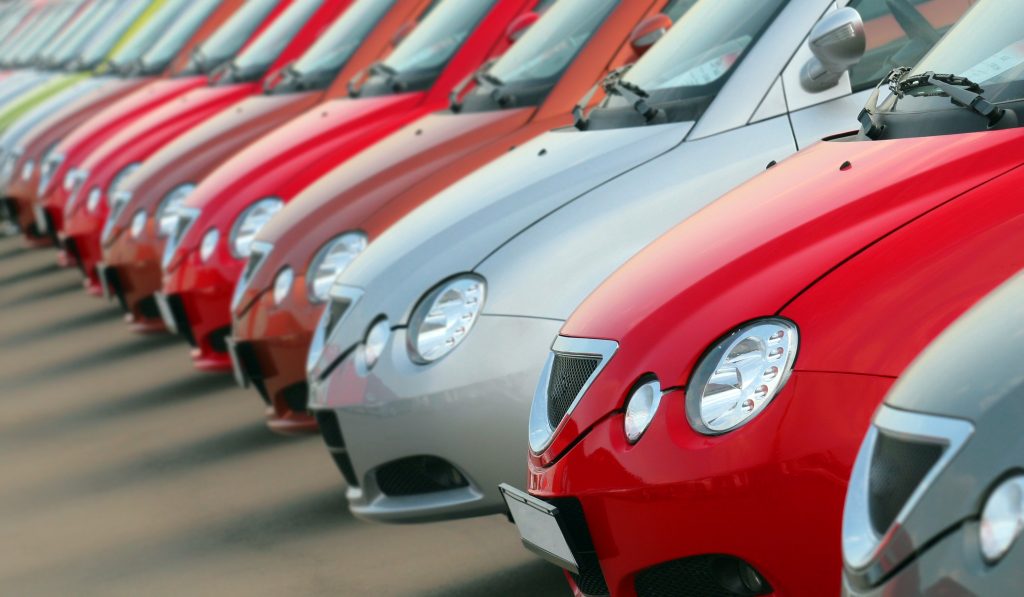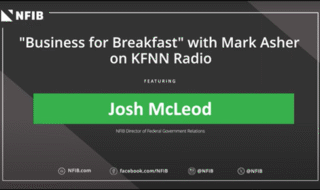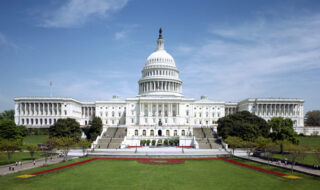Topics:
December 14, 2022 Last Edit: June 5, 2025
Should Oregon Ban Gas-Powered Cars by 2035?

State:
Get to know NFIB
NFIB is a member-driven organization advocating on behalf of small and independent businesses nationwide.
Related Articles

July 10, 2025
Small Businesses Get Key Wins During 2024-25 U.S. Supreme Court…
The NFIB Small Business Legal Center secured three much-needed wins on beha…
Read More


July 10, 2025
LISTEN: NFIB’s Josh McLeod Discusses Beneficial Ownership Rep…
NFIB is urging Congress to repeal the Beneficial Ownership Information (BOI…
Read More


July 9, 2025
Small Businesses Succeed in Challenge to FTC’s Automatic Rene…
NFIB wins lawsuit challenging the FTC’s Negative Option Rule, which targe…
Read More


July 8, 2025
AUDIO: NFIB’s Jeff Brabant Discusses BOI Repeal on SiriusXM�…
NFIB Vice President of Federal Government Relations Jeff Brabant joined POT…
Read More







